At Animal Triangle, We bring you a list of ‘Animals with Spines and Quill’, explaining how each animal uses their spines or quills or for survival.
In this Article, We shall discover ‘Animals with Spine and Quill’ along with pictures so you can see how amazing and protective they really are.
Table of Contents
Animals With Spines Or Quills :
Hedgehog
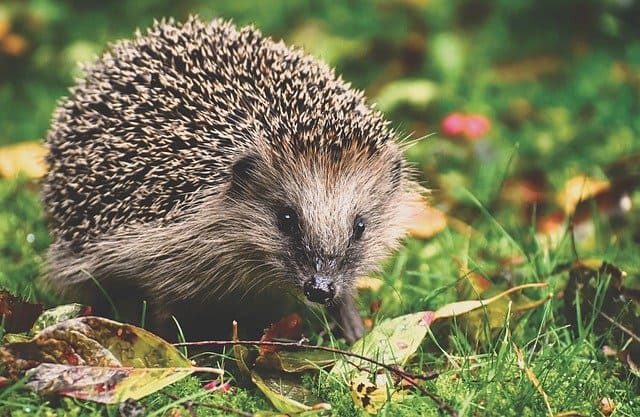
A hedgehog is a spiny mammal that belongs to Family Erinaceidae and is found in Europe, Asia, Africa, New Zealand, and other places.
They have hollow spines that are made of keratin, the same protein that presents in our nails, and hairs. These spines are not poisonous in nature, not easily detachable from their skin except during maturing into adults they shed the old spines. Unfortunately, Spines may shed due to stress or disease making them weak and vulnerable to predators.
When they feel threatened, they will roll into a ball structure to make all the spines point outwards through the large muscles that are located on their back. Its spines are used for self-defense and are not dangerous to humans.
Whiptail Stingray
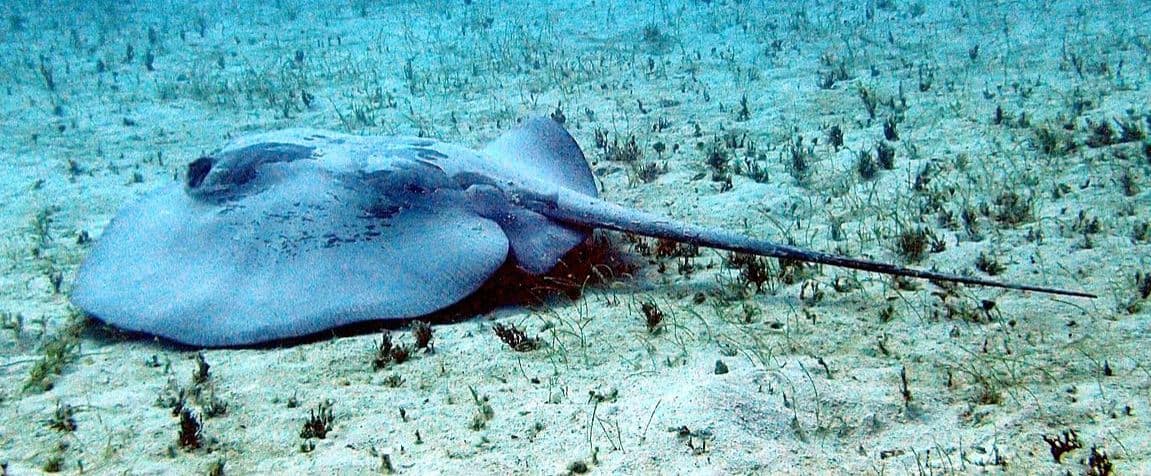
A whiptail stingray is an aquatic creature that belongs to Family Dasyatidae, Order Myliobatiformes, and is found in Africa, Asia, Australia, and other country’s oceans.
They have a long whip-like tail about 1-5 feet equipped with venomous stings, also referred to as spines, at the base of the tail for self-defense, especially against the shark.
They are known to lash their sharp, venomous spines against the intruder including humans when they are being stepped on their body causing pain due to venom and a wound.
Sea Urchin

A Sea urchin is a spherical spiny animal in the class Echinoidea, Phylum Echinodermata, and is found in oceans across many countries.
They have a hard, rigid spherical shell with spines all over them. They have locomotion by means of their tube feet, spines as it has ball-and-socket joints that can point in any direction.
As they are known to have two venomous organs, spines and pedicellaria that can puncture other animal skin through spines leaving severe wounds, and inflammatory reactions.
Western Saharan Spiny Mouse
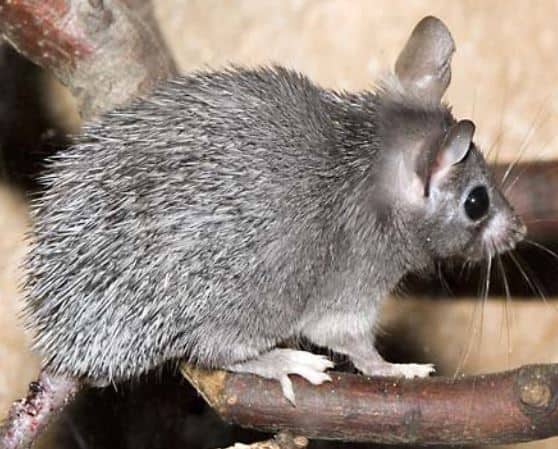
A Western Saharan spiny mouse is a small-sized rodent that belongs to Genus Acomys, Family Muridae, and is found in the Niger River, southern Mauritania, Mali, Chad, Western Sahara, and Algeria.
They have part of specialized fur on their back in which a line of spiny hair is present. These spikes or spiny hairs are not strong as in hedgehogs but relatively rigid and located on their brittle skin gives them a little protection against some predators.
Most mice, including the house mice, have elastic skin but the Western Saharan spiny mouse has brittle skin.
Indian crested porcupine
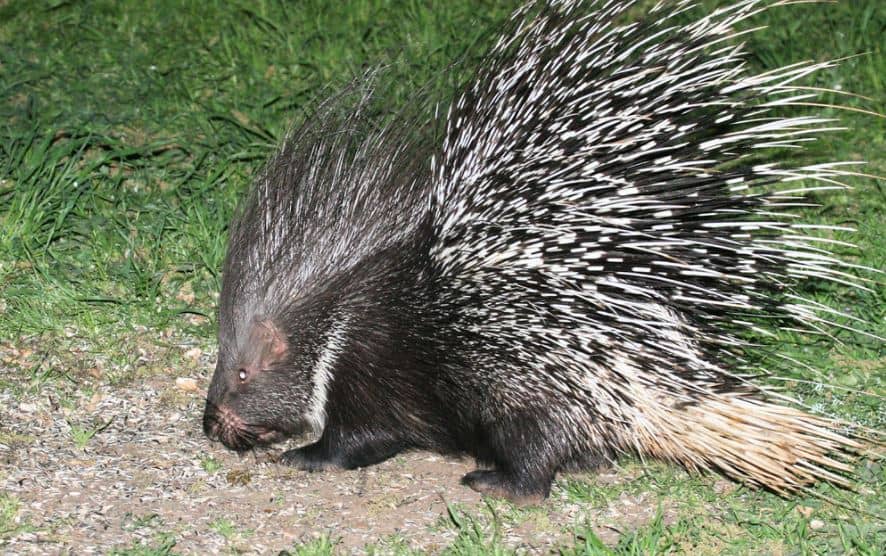
An Indian crested porcupine is a quilled animal that belongs to Genus Hystrix, Family Hystricidae, and is found in Afghanistan, Armenia, China, Georgia, India, Iran, Iraq, Israel, Nepal, Pakistan, Saudi Arabia, Sri Lanka, and Turkey, Turkmenistan, and Yemen.
They have long-sized quills that can be about 50 cm in length and some medium-sized about 15-30 cm in length located on the neck, shoulder, and the rigid quills are densely on their back and on the rump.
They are known to protect themselves by using their quills from predators such as large cats, caracals, striped hyenas, wild dogs, and Saltwater crocodiles.
Lionfish

A lionfish, also known as firefish, turkeyfish, or butterfly-cod, is a group of venomous marine fish that belongs to Genus Pterois, Family Scorpaenidae, and is found in oceans of the Indo-Pacific, Red Sea, and other oceans.
A characteristic feature of these fishes is their spines, venomous pectoral fins that are varied by red, and white creamy colors. Interestingly, there are about 18 venomous spines in total. Among them, two pelvic spines, three anal spines, and 13 dorsal spines.
Its spines have prominent colors with contrasting stripes that also act as a warning sign for its predators. However, the predators, especially sharks can prey on these fishes without getting any ill effects due to the venomous spines of lionfishes.
Long-Beaked Echidna
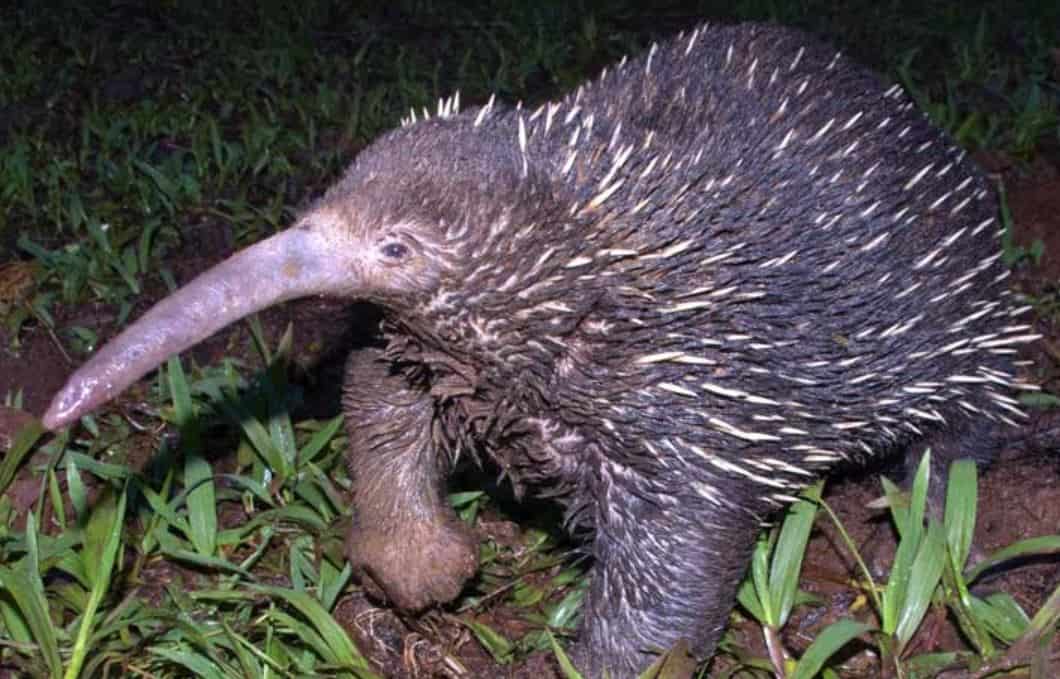
A long-beaked echidna is an egg-laying nocturnal mammal that belongs to Genus Zaglossus, Family Tachyglossidae, and is found in New Guinea, Australia, and other places.
They have shorter spines scattered between the coarse hairs and shorter fur that keep them warm.
Interestingly, To defend itself from a potential predator echidna will roll into a ball-like structure to radiate its spines outward and If possible dig the mud or sand to hide.
Malayan Porcupine

A Malayan porcupine, also known as a Himalayan porcupine is a quilled species of rodent that belongs to Genus Hystrix, Family Hystricidae, and is found in Nepal, Meghalaya, Nagaland, China, Yunnan, Hong Kong, and Shanghai.
They have quills on their upper body, back, and also on the rump. Its quills are actually modified hair that is sharp and sturdy. Its colors can be black-gray but those quills that are located on their back are black in color along with white-yellow stripes.
The quill usually is known to be short, and soft which turns into a hard and pointy structure as they mature.
South African porcupine
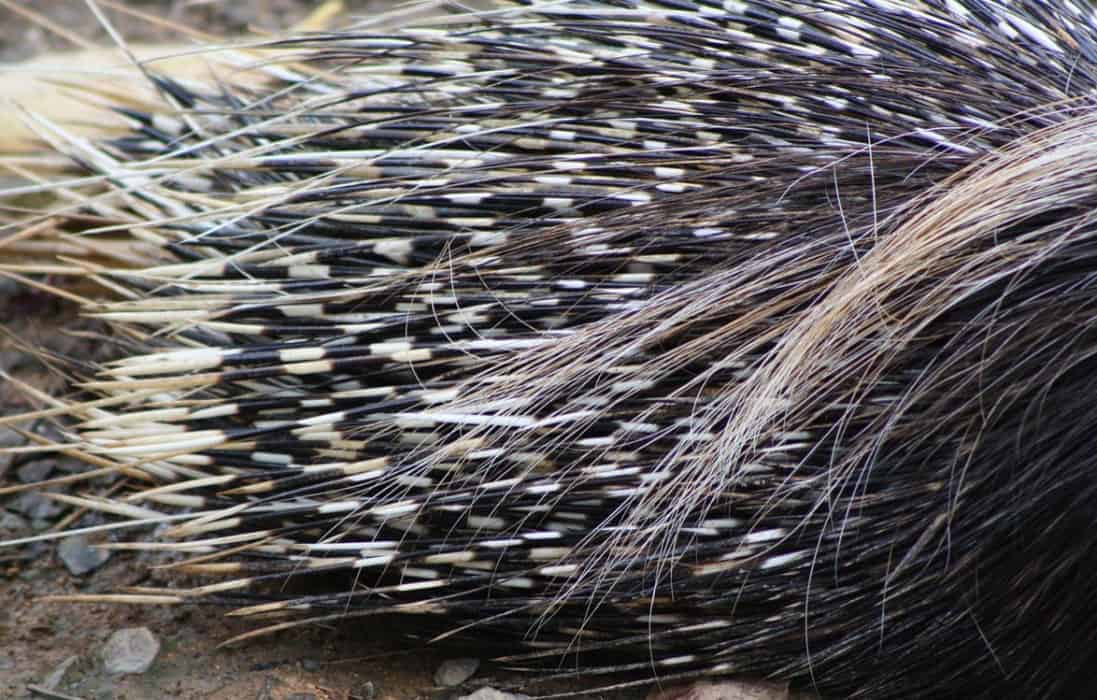
A Cape porcupine, also known as South African porcupine, is a large-sized species of a porcupine that belongs to Genus Hystrix, Family Hystricidae, and is found in central Africa and southern Africa.
They have both spines and quills for protection. Its long spines are about 50 cm in length that are distributed in between the quills, Whereas, Its quills are about 30 cm in length. Interestingly, they have a specialized hollow spine located on their tail and are capable of making a rattling sound to scare away predators.
Surprisingly, They are good at protecting themselves from predators as they can stab their spines and quills against predators if threatened.
Thorny Devil
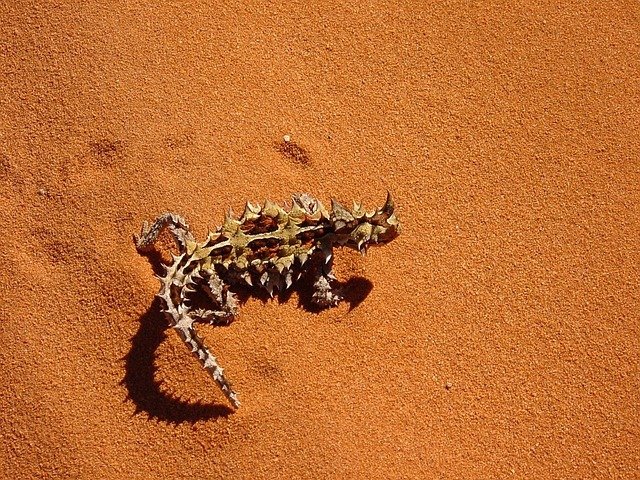
A thorny devil, also known as the mountain devil, thorny lizard, thorny dragon, is a small-sized lizard that belongs to Genus Moloch, Family Agamidae, and is found in Australia and other places.
They have spines all over their body that are uncalcified, sharp, hard, and are conical in shape, these features of spines make their predators such as birds harder to swallow. Its spines help them to collect the moisture present in the atmosphere through their grooves.
Interestingly, They have a ‘false head’ made of spines located on their neck that are exposed to predators while the real head is hidden between their spiny forelimbs.
Crown-of-thorns Starfish
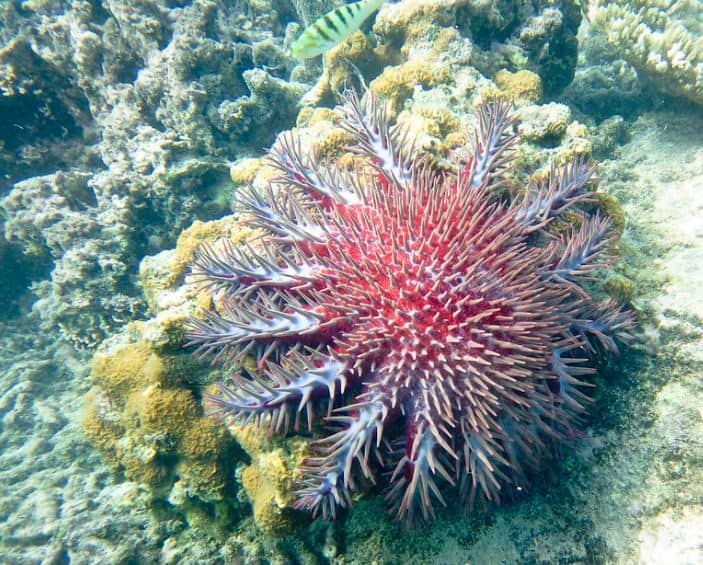
A crown-of-thorns starfish, is the largest starfish in the world that belongs to Genus Acanthaster, Family Acanthasteridae, and is found in the Indo-Pacific region, Red Sea, East Africa, Pacific Ocean, and Indian Oceans.
They have venomous thorn-like spines on their bodies making them look like a crown of thorns. As heavily spined marine animals, they possess sharp, long spines about 3-5 cm in length that are located on the arms and central bodies.
Surprisingly, When they are taken outside of the water their body deforms its shape because of losing water as it is mostly filled with water.
Armadillo Girdled Lizard
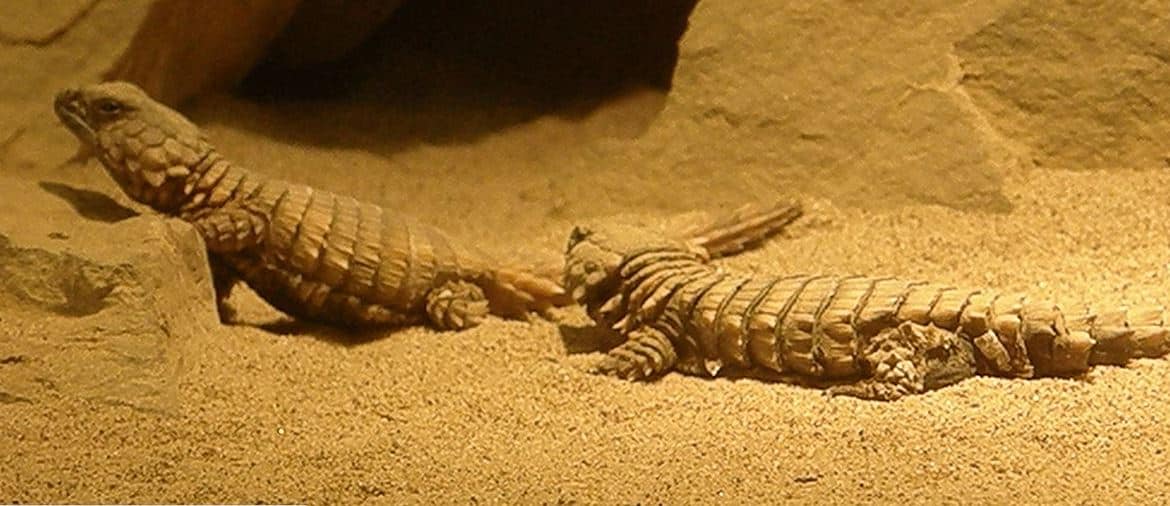
An armadillo girdled lizard, also known as the armadillo lizard, the Golden-armadillo lizard, and the armadillo spiny-tailed lizard is a lizard that belongs to Genus Ouroborus, Family Cordylidae, and is found in South Africa, the western coast of South Africa, and other places.
They have both scales and spines for protecting themselves from predators. If they are threatened, they will catch their tail into the mouth while rolling into a ball structure to expose its rigid spines.
Its behavior, position, and rigid spines present on them make them hard to eat or swallow.
Spiny-Backed Orb-Weavers

A spiny-backed orb-weavers, also known as spiny orb-weavers, and the spiny spider is a group of orb-weaver spiders that belongs to Genus Gasteracantha, Family Araneidae and is found across the world including the U.S, California, Florida, and other places.
They have six prominent spines that are located on their broad, hardened, abdomens along with brilliant colors, especially on the female spiders. This combination of spines, colors, and hardened body shells make them appear like a crab spider.
Surprisingly, the females of the spiny-backed orb-weavers are several times larger and colorful than its male.
Long-Spine Porcupinefish

A long-spine porcupinefish, also known as the freckled porcupinefish, is a nocturnal fish that belongs to Genus Diodon, Family Diodontidae, and is found in Florida, Bahamas, Brazil, Eastern Atlantic, and South Africa.
They have long spines on their entire body and are deeply rooted spines, especially on its head. Surprisingly, They inflate to make their spines erect and point outwards to defend themselves. However, When they are not inflated its spines are parallel to their bodies and are pointing towards their tail.
Spot-fin Porcupinefish
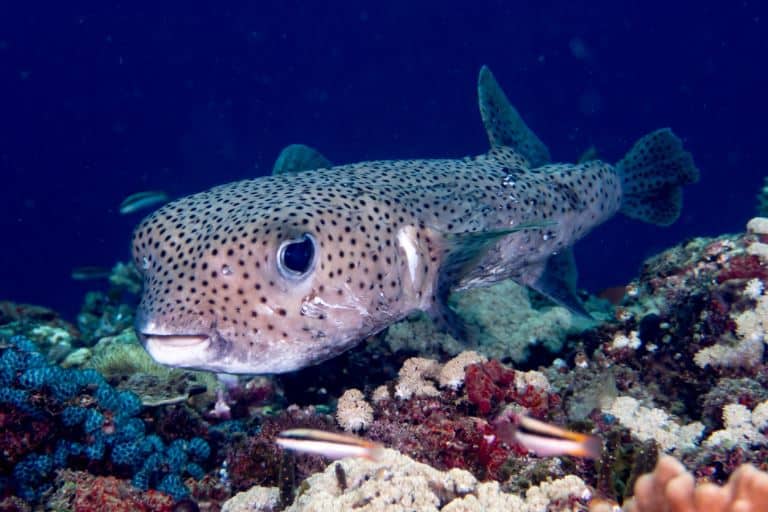
A spot-fin porcupinefish, also known as the spotted porcupinefish, black-spotted porcupinefish, is a fish that belongs to Genus Diodon, Family Diodontidae, and is found in the Mediterranean Sea.
They have scales that are actually modified into spines. When they feel threatened, they will swallow water to inflate their bodies to erect their spines present all over their bodies.
These erected and pointed spines all over their bodies make them hard to swallow by their predators and can hurt the intruders as well.
Three-Spined Stickleback

A three-spined stickleback is a fish that belongs to Genus Gasterosteus, Family Gasterosteidae, and is found in brackish, marine waters, Northern Hemisphere, and the Arctic Ocean.
They have three spines in front of their dorsal fin. Among these, the third spine located at the dorsal fin is shorter in length than the other two. Its spines are connected by a membrane that helps in the simultaneous erection of the spine.
Surprisingly, All the spines are erected to avoid or prevent them from being swallowed by their predators.
Spiny Starfish
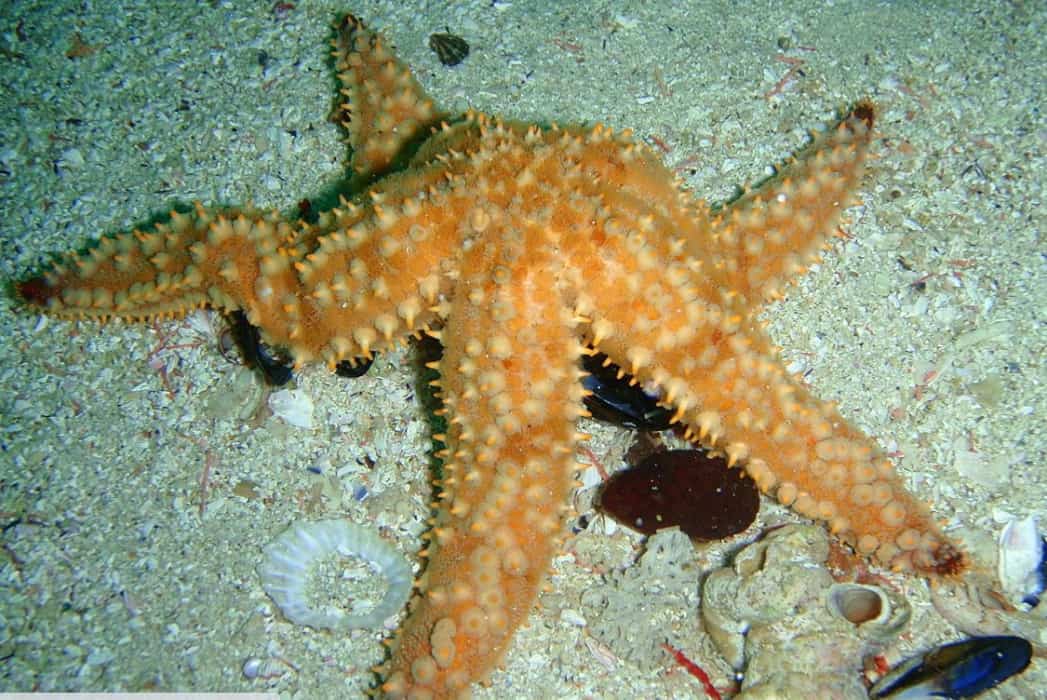
A Marthasterias, also known as spiny starfish, is a group of starfish that belongs to Genus Marthasterias, Family Asteriidae, and is found in the eastern Atlantic Ocean and other places.
They have whitish spines on each of their arms positioned in a line and are conical in shape with a purple-colored tip.
Its spines serve many functions as they are located on each of its arms or limbs.
Read More : Animals With Multiple Eyes!
What is the use of these spines?
For the hedgehog, Its spines are the means of defense against intruders, and predators as they are able to roll into a spherical structure upon encountering predators to direct the long and pointy spines towards them.
Apart from defense mechanisms, the spines are also used for communication by erecting without actually involving fighting with predators. They also help in shock absorption, and rain protection.
Animals with spines take advantage of their spines as they are also passively involved in protecting themselves, especially while they are asleep, weak, diseased, or carrying eggs or babies.

